Yohan Payan
TIMC
Medical image computing and computer-aided medical interventions applied to soft tissues. Work in progress in urology
Dec 13, 2007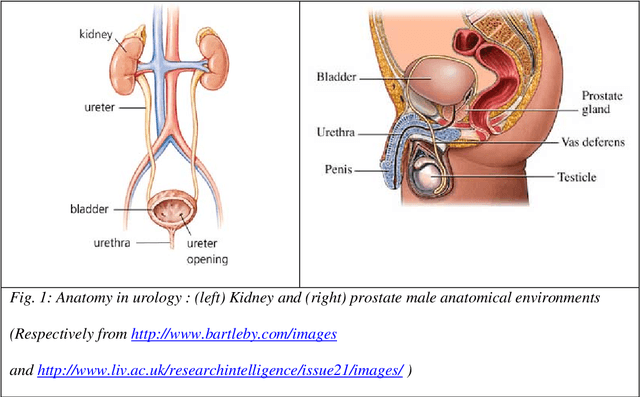
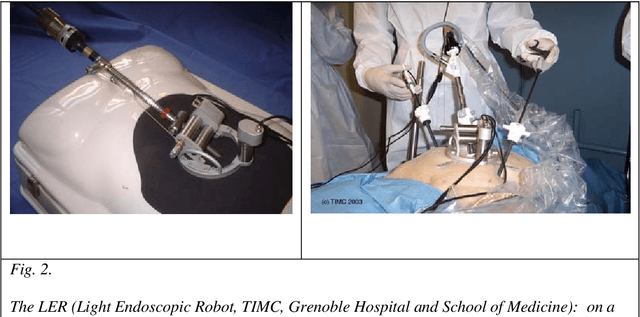
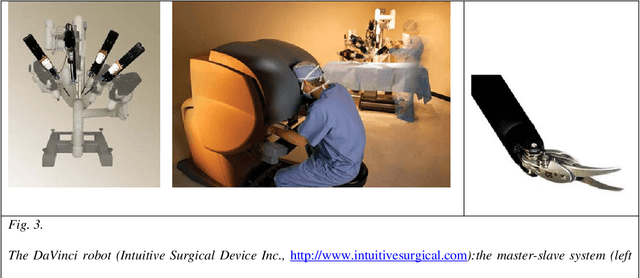

Abstract:Until recently, Computer-Aided Medical Interventions (CAMI) and Medical Robotics have focused on rigid and non deformable anatomical structures. Nowadays, special attention is paid to soft tissues, raising complex issues due to their mobility and deformation. Mini-invasive digestive surgery was probably one of the first fields where soft tissues were handled through the development of simulators, tracking of anatomical structures and specific assistance robots. However, other clinical domains, for instance urology, are concerned. Indeed, laparoscopic surgery, new tumour destruction techniques (e.g. HIFU, radiofrequency, or cryoablation), increasingly early detection of cancer, and use of interventional and diagnostic imaging modalities, recently opened new challenges to the urologist and scientists involved in CAMI. This resulted in the last five years in a very significant increase of research and developments of computer-aided urology systems. In this paper, we propose a description of the main problems related to computer-aided diagnostic and therapy of soft tissues and give a survey of the different types of assistance offered to the urologist: robotization, image fusion, surgical navigation. Both research projects and operational industrial systems are discussed.
Utilisation de la substitution sensorielle par électro-stimulation linguale pour la prévention des escarres chez les paraplégiques. Etude préliminaire
Jul 12, 2006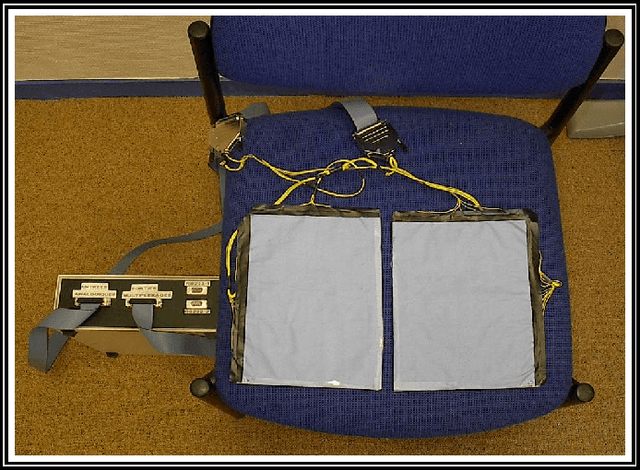
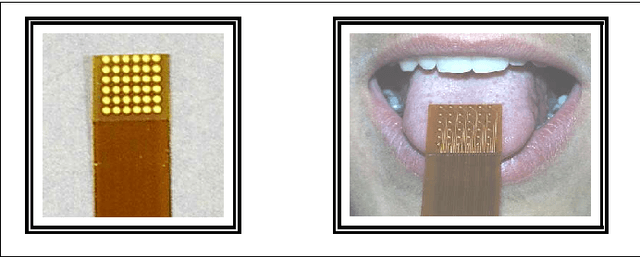

Abstract:Pressure ulcers are recognized as a major health issue in individuals with spinal cord injuries and new approaches to prevent this pathology are necessary. An innovative health strategy is being developed through the use of computer and sensory substitution via the tongue in order to compensate for the sensory loss in the buttock area for individuals with paraplegia. This sensory compensation will enable individuals with spinal cord injuries to be aware of a localized excess of pressure at the skin/seat interface and, consequently, will enable them to prevent the formation of pressure ulcers by relieving the cutaneous area of suffering. This work reports an initial evaluation of this approach and the feasibility of creating an adapted behavior, with a change in pressure as a response to electro-stimulated information on the tongue. Obtained during a clinical study in 10 healthy seated subjects, the first results are encouraging, with 92% success in 100 performed tests. These results, which have to be completed and validated in the paraplegic population, may lead to a new approach to education in health to prevent the formation of pressure ulcers within this population. Keywords: Spinal Cord Injuries, Pressure Ulcer, Sensory Substitution, Health Education, Biomedical Informatics.
 Add to Chrome
Add to Chrome Add to Firefox
Add to Firefox Add to Edge
Add to Edge